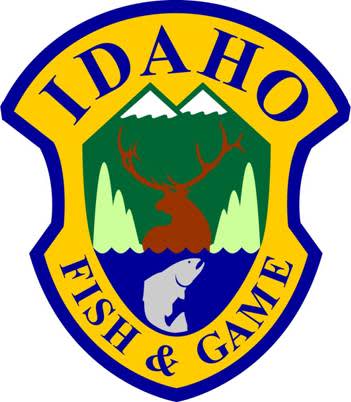Idaho 2014 Spring Bear Seasons Are Open
Idaho Department of Fish and Game 04.23.14

Idaho offers black bear hunting opportunities in both the Spring and the Fall. Spring hunting seasons for black bear opened on April 15 throughout the Idaho Panhandle Region.
Season ending dates vary by unit. In units 2, 3 and 5 the season closes May 15. Units 1, 4, and 4A close May 31. The higher elevation units close later with unit 6 open through June 30. Units 7 and 9 close July 31. Hunters may use a second bear tag and electronic calls in units 4, 6, 7 and 9 where bear numbers are higher than population objectives and predation is depressing deer and elk numbers.
The Idaho Department of Fish and Game would like to remind hunters to carefully identify their target before shooting. Only black bears may be hunted, however grizzly bears could be encountered throughout much of the Panhandle. Grizzlies are protected by state and federal law.
While grizzlies are most commonly found in big game unit 1, they may be found in any of the Panhandle hunting units. Several years ago, a grizzly showed up near Rose Lake in unit 4. To get there it crossed through several big game units where grizzlies are very uncommon.
Last fall, a female grizzly collared in NW Montana crossed into Idaho big game unit 4. This 16-18 year old bear then spent several weeks in the Coeur d’Alene Mountains. Apparently the area was not where she wanted to settle down for the winter, so she traveled toward the Silver Valley, crossed I-90 somewhere near Kingston or Pinehurst and made her way into the upper St Joe. She denned somewhere in the St. Joe drainage.
Her collar was programmed to automatically turn off for the winter to save battery power, so her exact den location is unknown.
The collar is programmed to be back on now, but no signals have been detected. The lack of a signal indicates she is likely still in her den.
As she did not have cubs with her last fall, there is a good possibility she may have new cubs with her when she emerges.
Only the bear knows if she will move back toward Montana, or take up residence in the St. Joe country. Because of the uncertainty of this bear’s next move, bear hunters should be aware that this (or another) grizzly could show up in any Panhandle big game unit.
Under field conditions, it can be very difficult to distinguish grizzly bears from black bears. The mistaken shooting of grizzlies has been a significant factor limiting the recovery of grizzly bears in northern Idaho.
Grizzly bears have a large hump on their shoulders, a dished face, longer claws on their front feet, and shorter more rounded ears than black bears.
Size and color are not reliable features to identify the bears. Black bears can be any color from black or brown to blonde; and, grizzlies can be so dark as to appear black. A young grizzly can be smaller than an adult black bear and have a very small shoulder hump.
To prevent mistaken identity, bear hunters must learn to accurately identify black bears and distinguish them from grizzly bears in the wild, often in poor light conditions and possibly from long distances. A bear identification training program is available on the Idaho Fish and Game website, http://fishandgame.idaho.gov/public/education/bearIdentification/.
It is a good idea for anyone heading into the forests in northern Idaho to carry bear spray. Research has shown that bear spray is more effective and easier to use to deter a bear/human interaction than a firearm.

